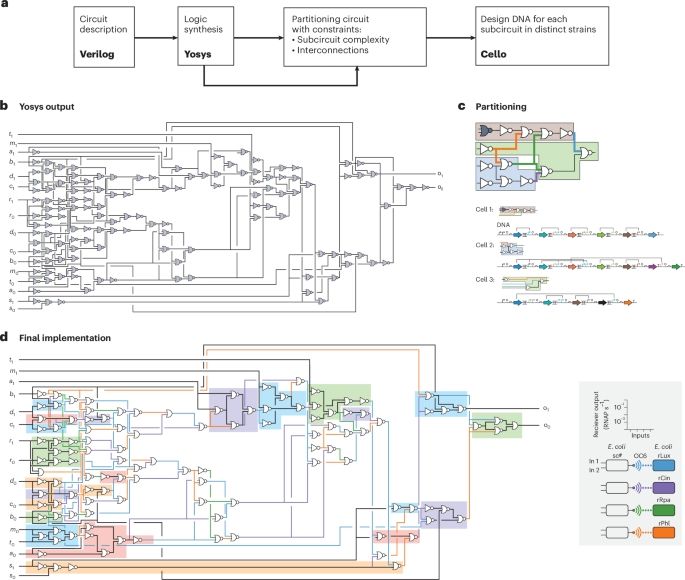
We are actively working improving/updating various aspects of FINCHES; don't hesitate to reach out if you run into issues, have questions.
www.science.org/doi/10.1126/...
We are actively working improving/updating various aspects of FINCHES; don't hesitate to reach out if you run into issues, have questions.
www.science.org/doi/10.1126/...

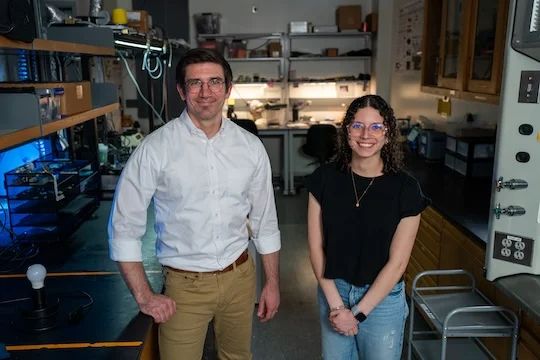
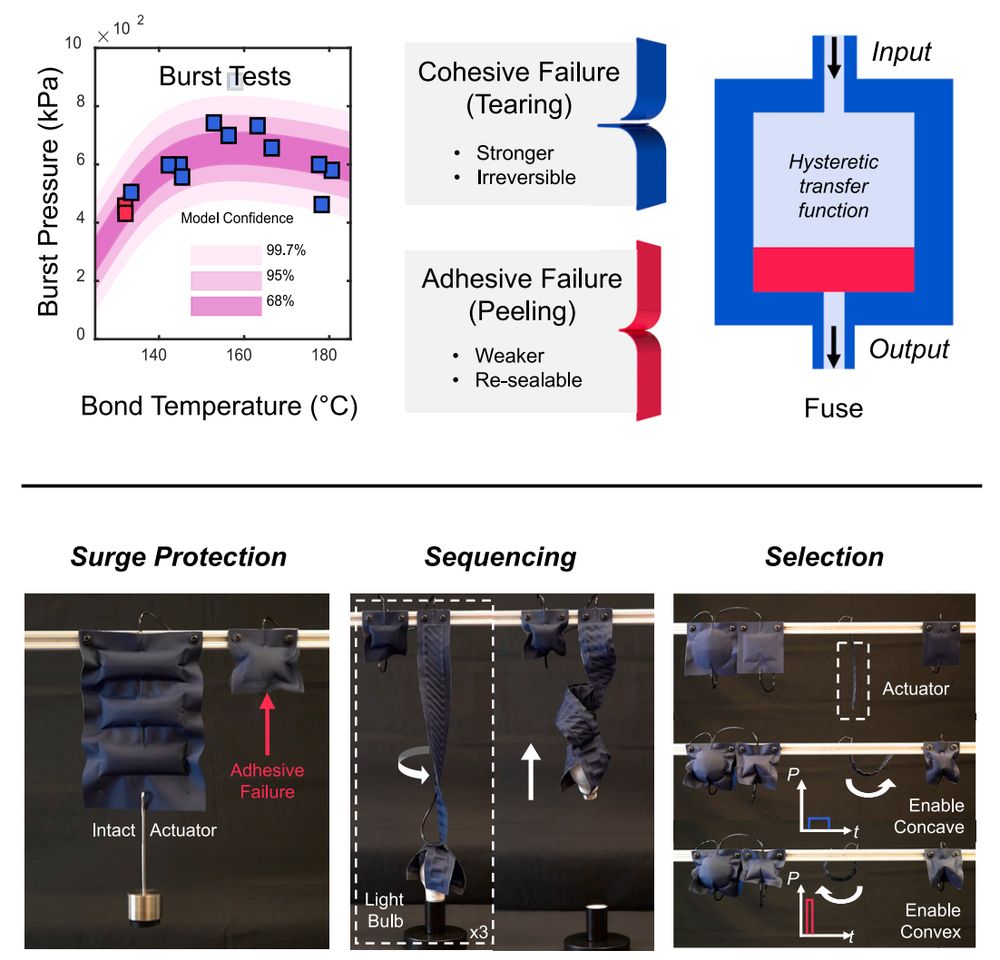
Henry Kilgore @itamarchinn.bsky.social @pgmikhael.bsky.social Ilan Mitnikov, et al. @aihealthmit.bsky.social @whiteheadinstitute.bsky.social @mitofficial.bsky.social
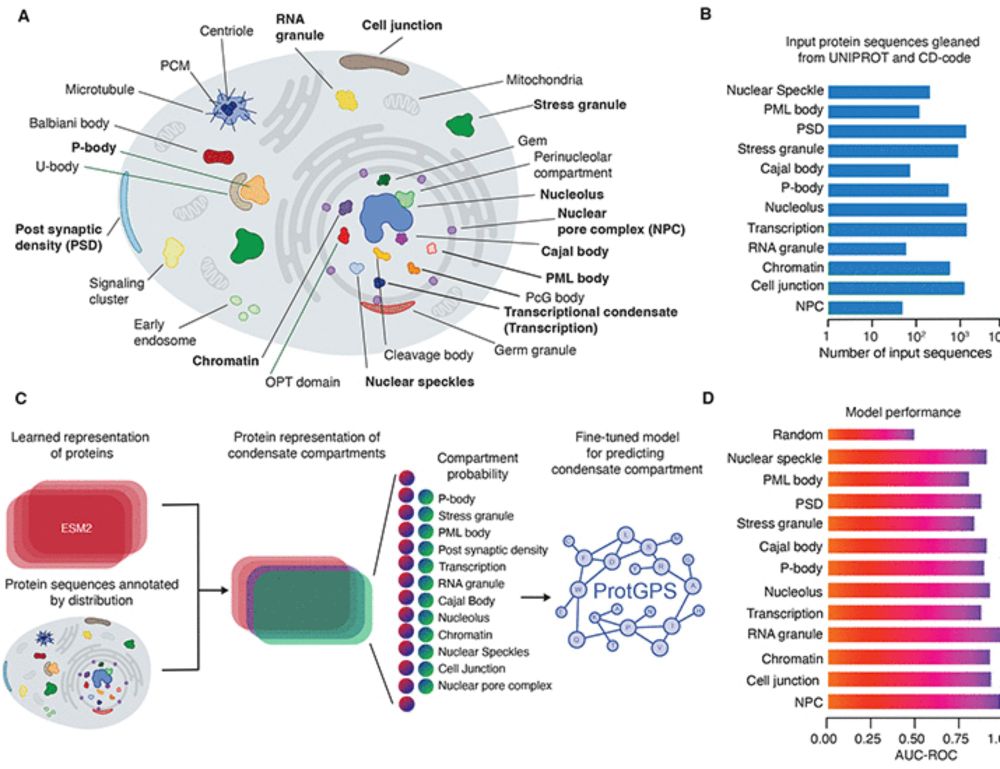
Henry Kilgore @itamarchinn.bsky.social @pgmikhael.bsky.social Ilan Mitnikov, et al. @aihealthmit.bsky.social @whiteheadinstitute.bsky.social @mitofficial.bsky.social
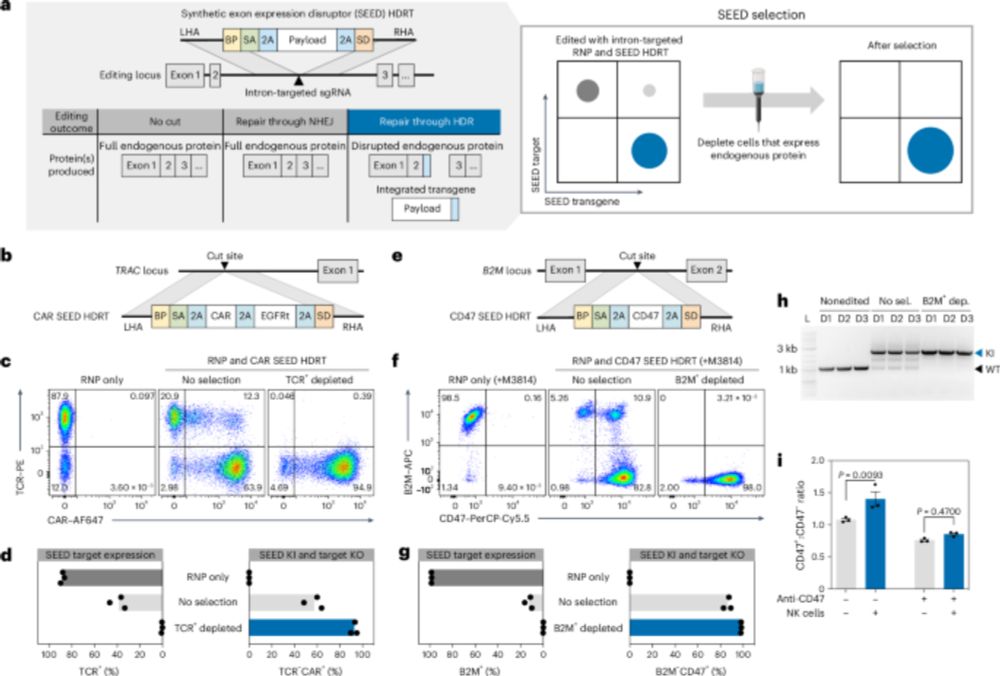
www.science.org/doi/10.1126/...

www.science.org/doi/10.1126/...
www.nature.com/articles/s41...

www.nature.com/articles/s41...
Paper: www.nature.com/articles/s41...

Paper: www.nature.com/articles/s41...

With a team of 241 researchers, we surveyed 71,922 people in 68 countries, providing the largest dataset on trust in scientists post-pandemic 👇🧵https://www.nature.com/articles/s41562-024-02090-5

With a team of 241 researchers, we surveyed 71,922 people in 68 countries, providing the largest dataset on trust in scientists post-pandemic 👇🧵https://www.nature.com/articles/s41562-024-02090-5
www.cell.com/molecular-ce...

www.cell.com/molecular-ce...
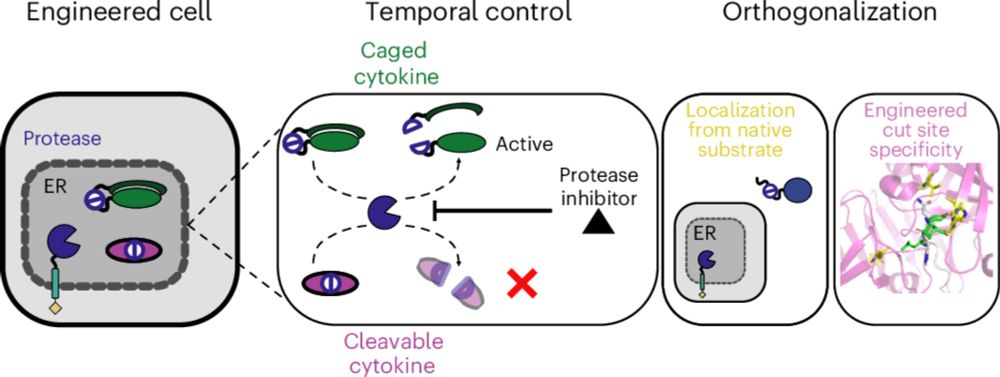
For more on the remarkable surge of LLLMs see erictopol.substack.com/p/learning-t...
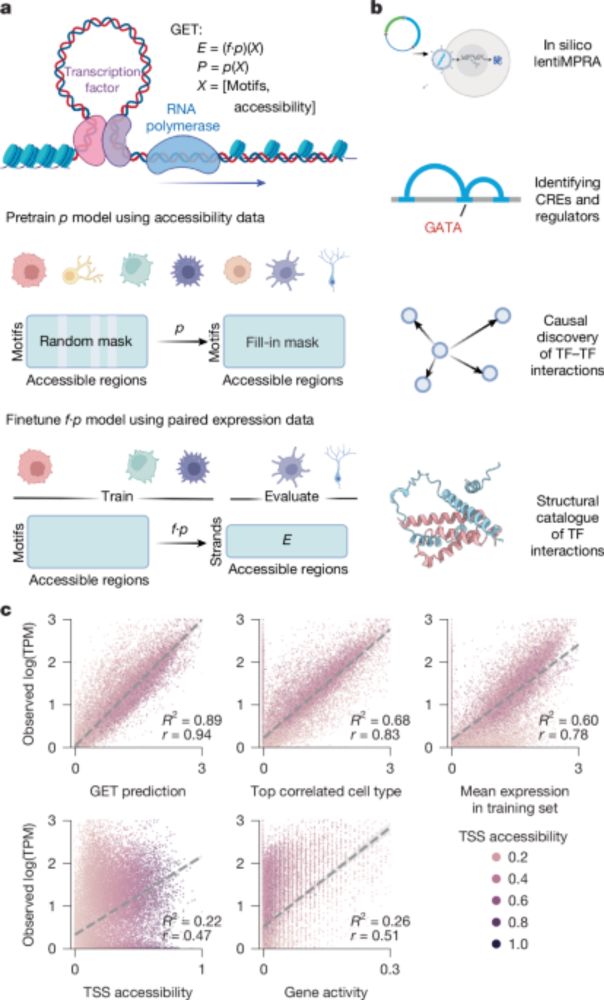
For more on the remarkable surge of LLLMs see erictopol.substack.com/p/learning-t...
www.nature.com/articles/s41... 1/
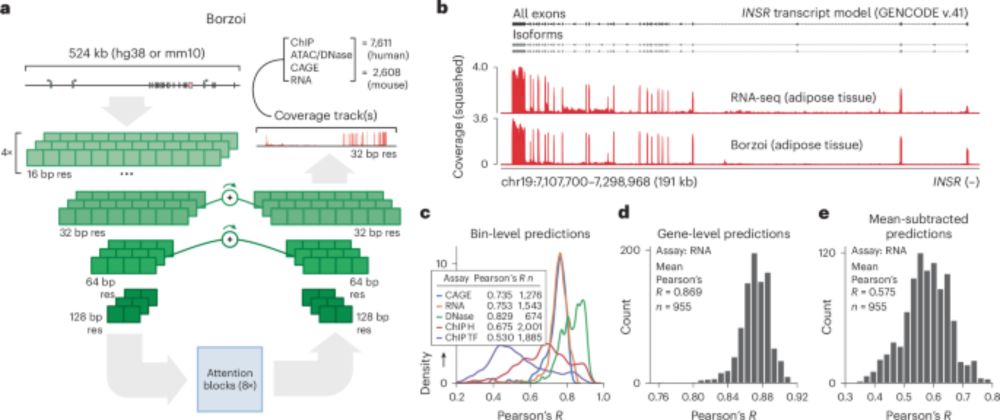
www.nature.com/articles/s41... 1/
@science.org we describe a way to build synthetic phosphorylation circuits with customizable sense-and-response functions in human cells. Check it out at science.org/doi/10.1126/....
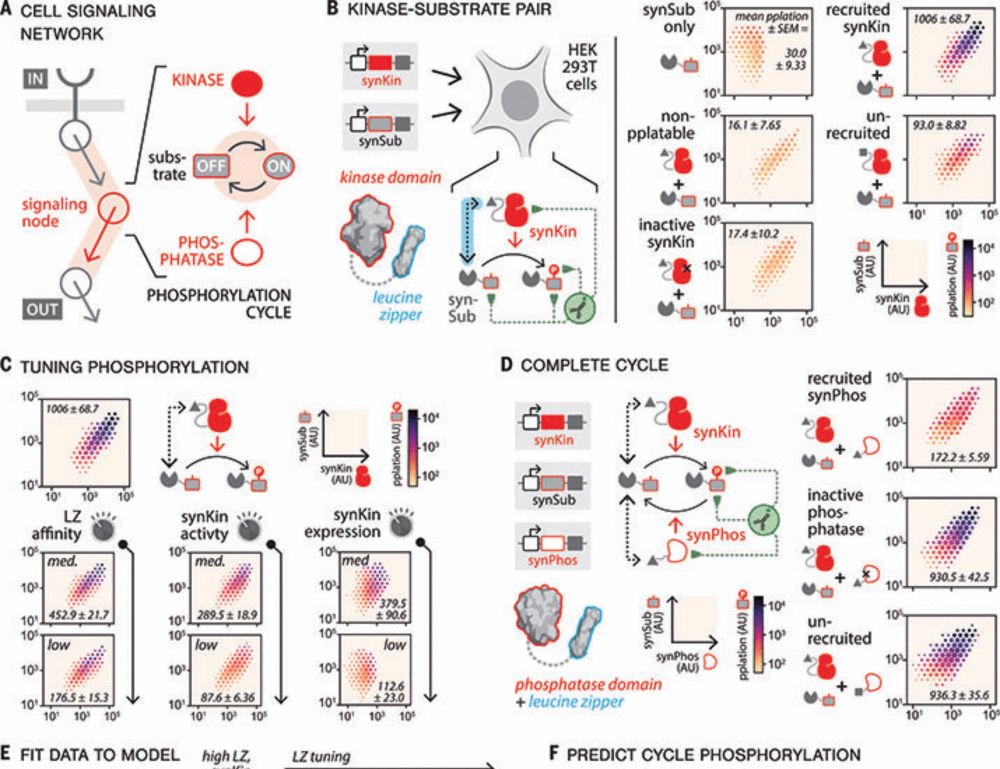
@science.org we describe a way to build synthetic phosphorylation circuits with customizable sense-and-response functions in human cells. Check it out at science.org/doi/10.1126/....


